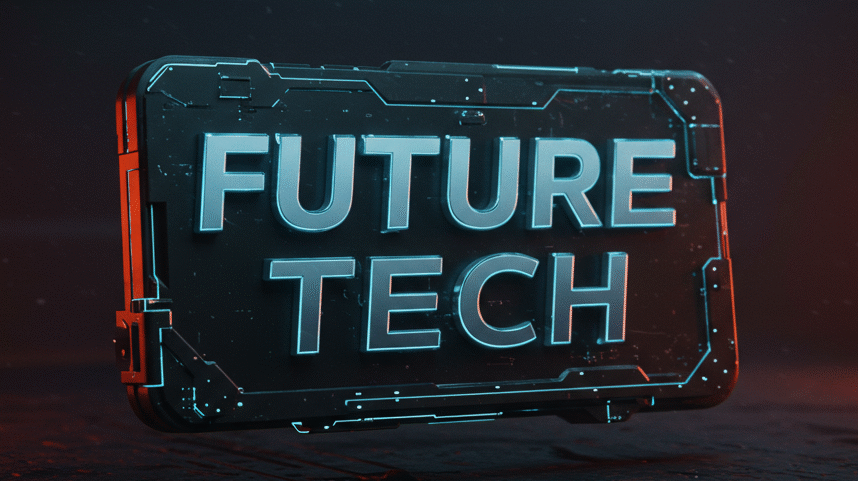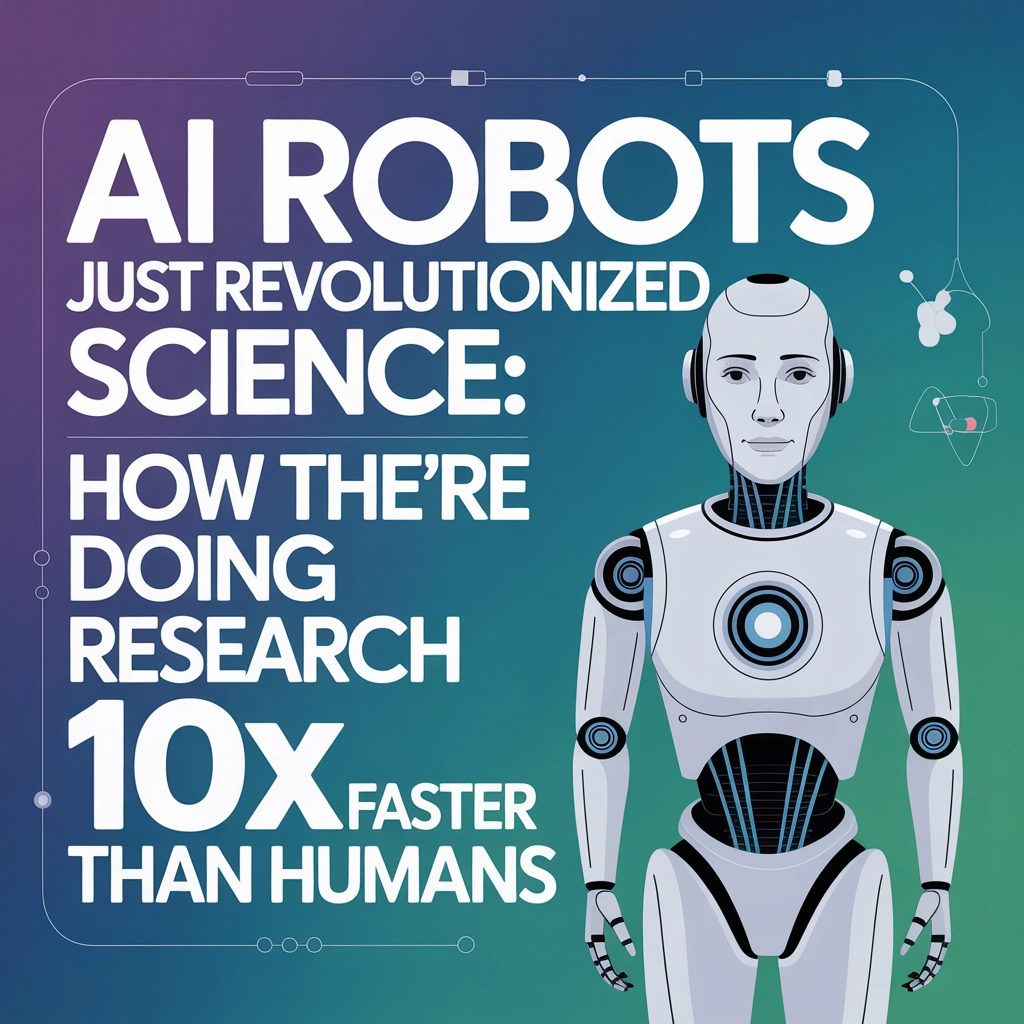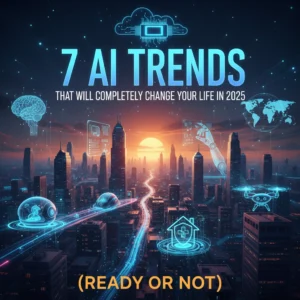Remember when you'd spend hours in a lab waiting for one experiment to finish? Those days are officially over. AI-powered robots are now cranking out scientific discoveries at speeds that would make your head spin – we're talking 10 times faster than human researchers, and in some cases, even more.
It's not science fiction anymore. Right now, in labs across the world, robots are mixing chemicals, testing materials, and analyzing data 24/7 without coffee breaks, sick days, or vacation time. They're literally reshaping how we discover new medicines, create better batteries, and solve problems that have stumped scientists for decades.
The Speed Game-Changer
Here's the thing that blows my mind: these AI research systems don't just work faster – they work smarter. While human researchers need to sleep, eat, and occasionally binge-watch Netflix, these robots keep going non-stop. They can read every single research paper ever written, remember all of it perfectly, and apply that knowledge instantly to new experiments.
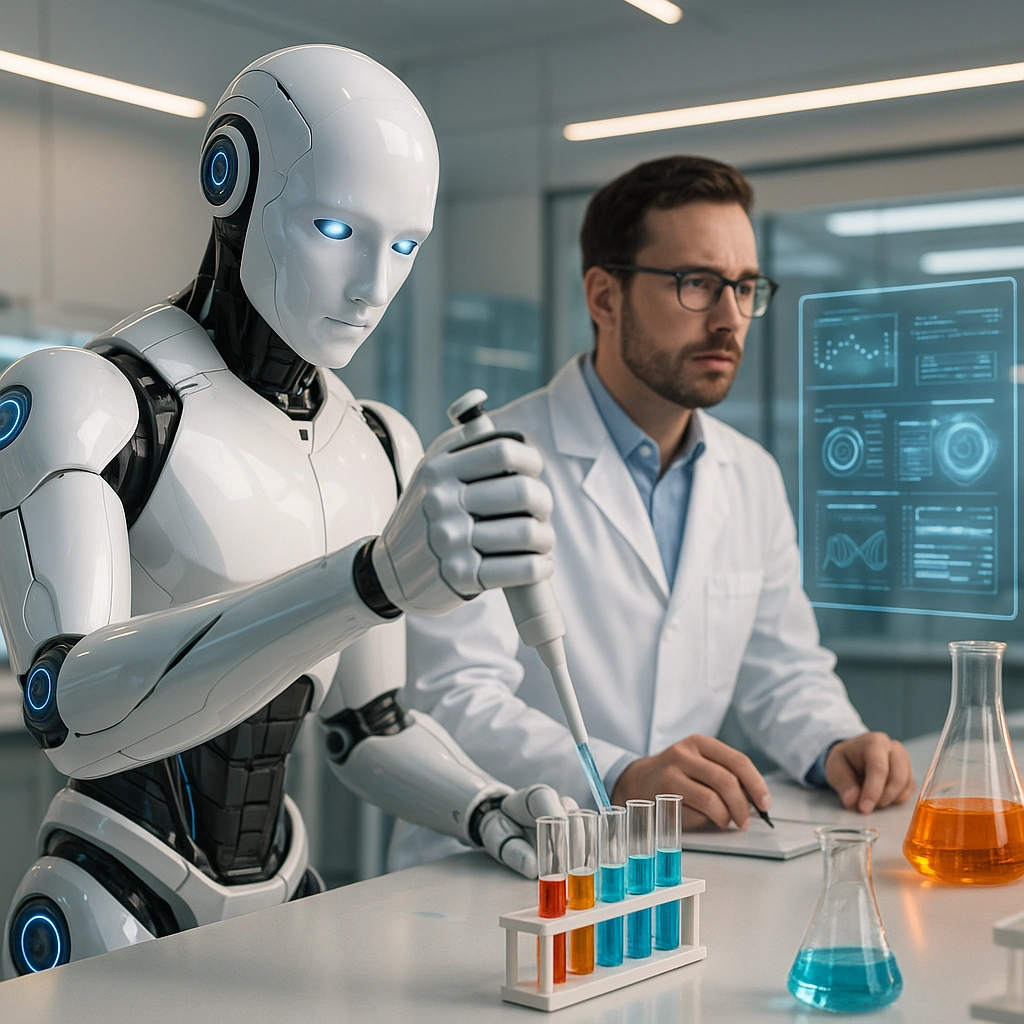
At Berkeley Lab, they've got something called A-Lab that's basically a materials science wizard. The AI suggests new compounds, and robots immediately start mixing and testing them. No waiting weeks for lab schedules or dealing with contaminated samples because someone forgot to clean the equipment properly.
The numbers are pretty wild when you think about it:
- Robots can work 168 hours per week (humans max out around 40-50)
- They never make mistakes from being tired or distracted
- One successful AI research system can be copied instantly to create hundreds more
- They can process and remember unlimited amounts of research data
But here's where it gets really interesting. MIT just released research showing these systems aren't just fast – they're getting smarter at reasoning through complex problems. They can break down massive research challenges into smaller pieces and tackle them systematically, something that even experienced human researchers struggle with.
Real Labs, Real Results
Let me tell you about Sarah, a materials scientist I know who used to spend months testing battery components. She'd mix a compound, wait days for results, analyze the data, then start over with slight modifications. It was painfully slow work.
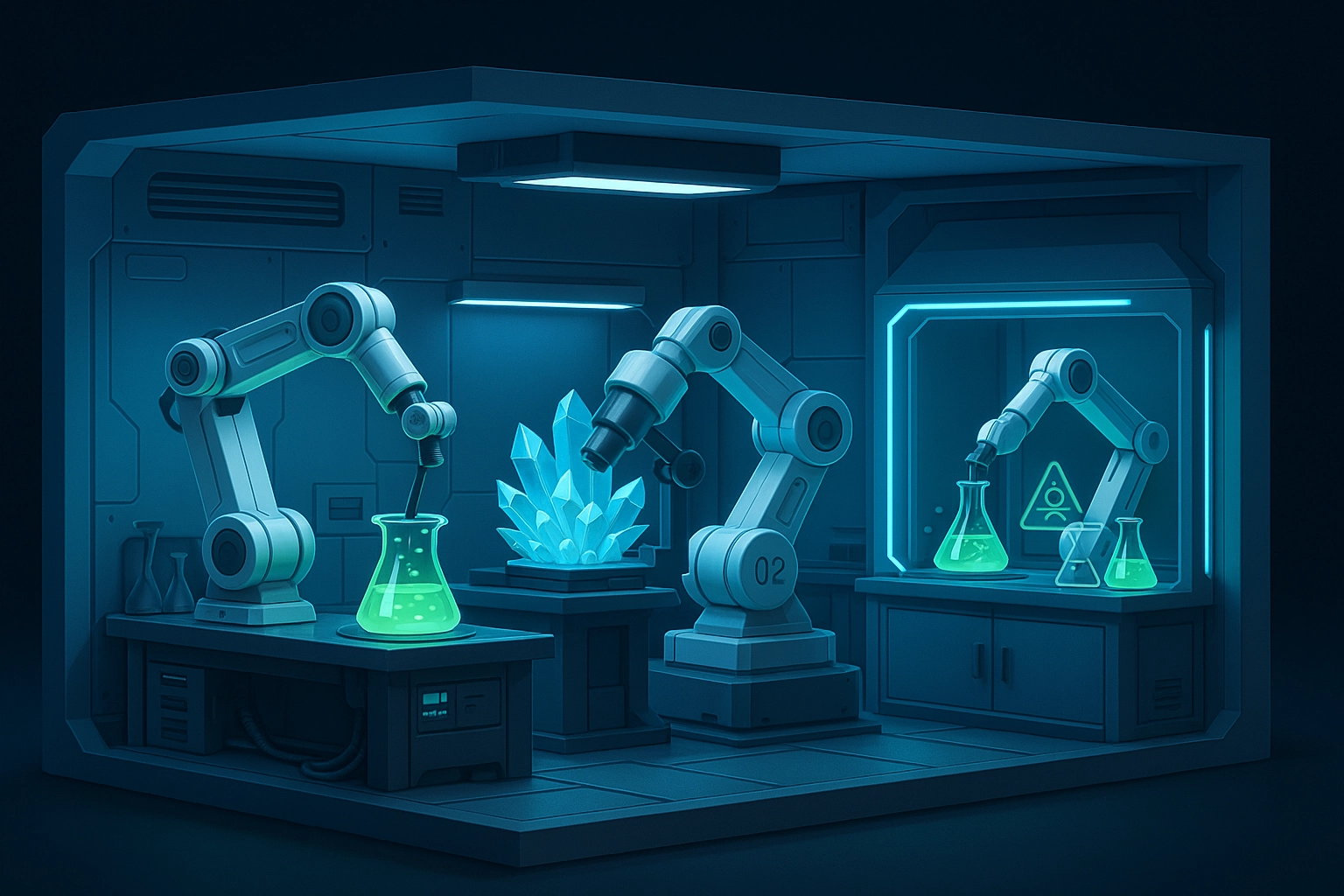
Now she works alongside an AI system that can test dozens of variations in the same time it took her to test one. The robot handles the tedious mixing and measuring while she focuses on interpreting results and designing the next round of experiments. She told me it's like having a tireless research assistant that never complains and never gets bored.
Over at the Molecular Foundry, their Autobot system is investigating new materials for quantum computing. These aren't simple experiments – we're talking about handling dangerous chemicals and precise measurements that would take human researchers weeks to complete safely. The robot does it in days, with better consistency and zero safety incidents.
Tesla's taking this even further with their Optimus humanoid robots. They're training these machines in virtual factory environments first, letting them practice thousands of times in simulation before they touch real equipment. It's like giving a robot decades of experience in a matter of hours.
What This Means for You
You might be thinking, "Cool story, but how does this affect my life?" Well, buckle up because the implications are huge.
First, drug discovery is about to get a massive speed boost. Instead of taking 10-15 years to develop new medicines, we might see that timeline cut in half or more. AI robots can test thousands of drug combinations in the time it takes human researchers to test a few dozen.
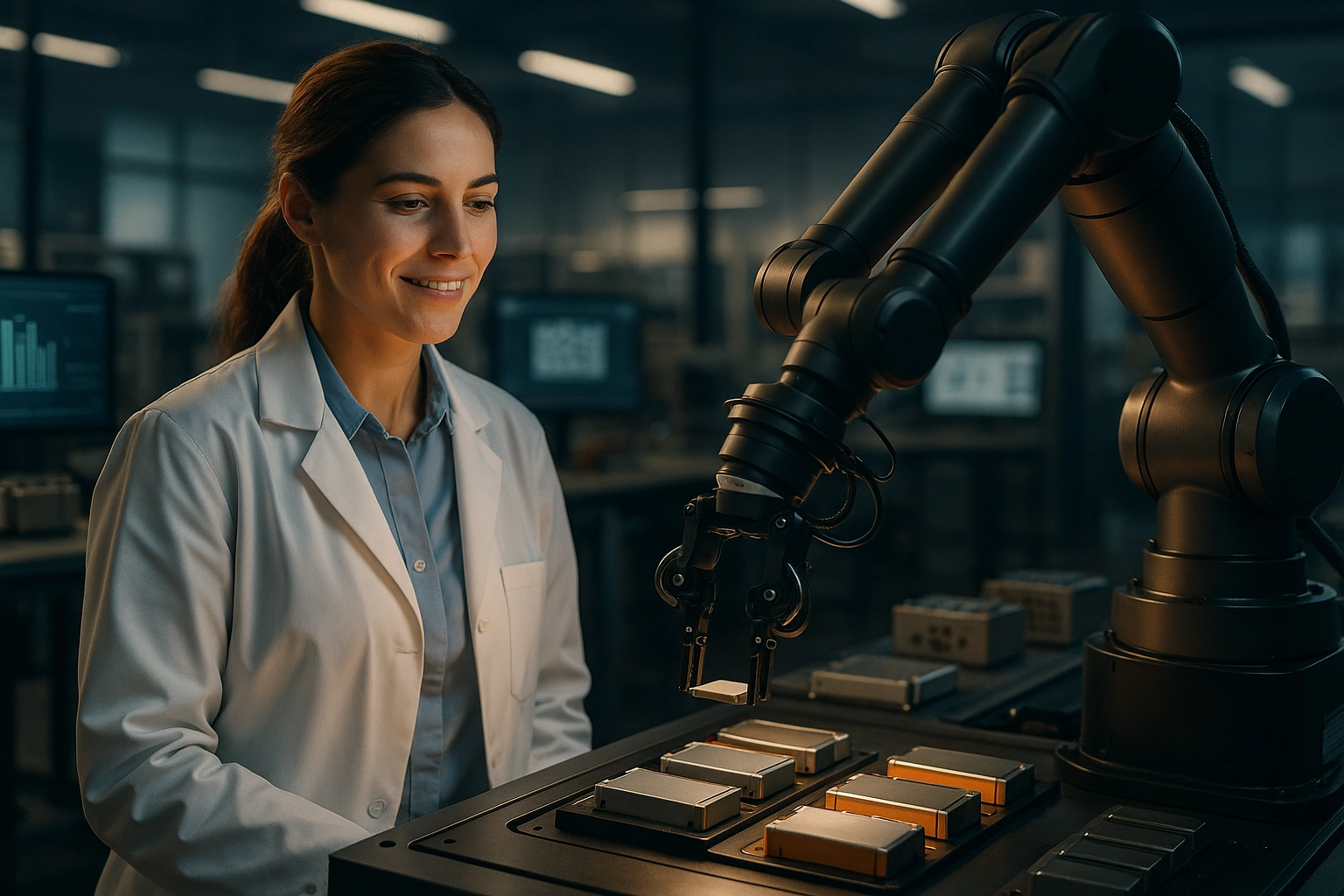
MIT's CellLENS system is already identifying hidden patterns in cancer cells that human doctors miss. It can spot rare cell types in tumors that might respond differently to treatments – potentially saving lives by personalizing cancer therapy in ways we never thought possible.
For everyday stuff, this means better batteries for your phone and electric car, stronger materials for buildings and bridges, and new technologies we haven't even imagined yet. When research moves this fast, innovation accelerates exponentially.
The Future is Already Here
The scary (or exciting, depending on how you look at it) part is that we're just getting started. Some experts think we could see research speeds increase by 5 orders of magnitude – that's 100,000 times faster than current human-led research.
Imagine compressing 100 years of scientific progress into one year. We're talking about solving climate change, curing diseases, and developing technologies that seem impossible today, all happening within our lifetimes instead of our grandchildren's lifetimes.
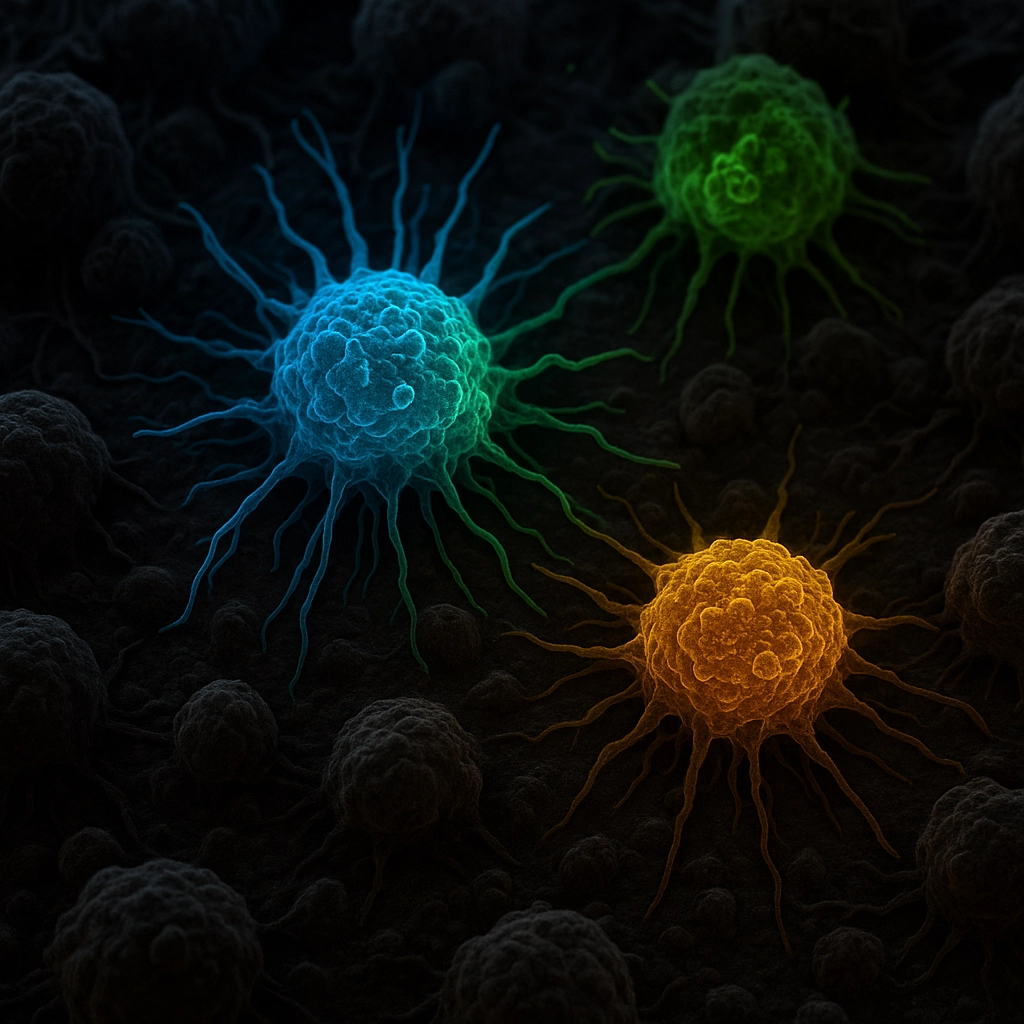
These AI researchers don't just work faster – they can share information instantly with each other. When one robot discovers something useful, every other robot in the network knows about it immediately. It's like having a hive mind of scientists working on every problem simultaneously.
The physical AI revolution of 2025 is bringing these capabilities out of computer screens and into the real world. Robots with advanced vision and dexterity are now handling delicate laboratory equipment with precision that rivals experienced human technicians.
But here's what really gets me excited: these systems are getting better at the creative aspects of research too. They're not just following instructions – they're generating hypotheses, designing experiments, and making connections between seemingly unrelated fields of study.
Some researchers are already working with AI systems that can write millions of lines of complex code while keeping track of every detail. They're like having a research team that never forgets anything, never overlooks details, and works with peak focus 24/7.
The transformation is happening so fast that research institutions are scrambling to keep up. Labs that don't adapt to this new AI-assisted approach risk being left behind as their competitors make discoveries in months that used to take years.
What happens when the pace of scientific discovery accelerates beyond human comprehension – will we be able to keep up with the solutions these AI systems create?
